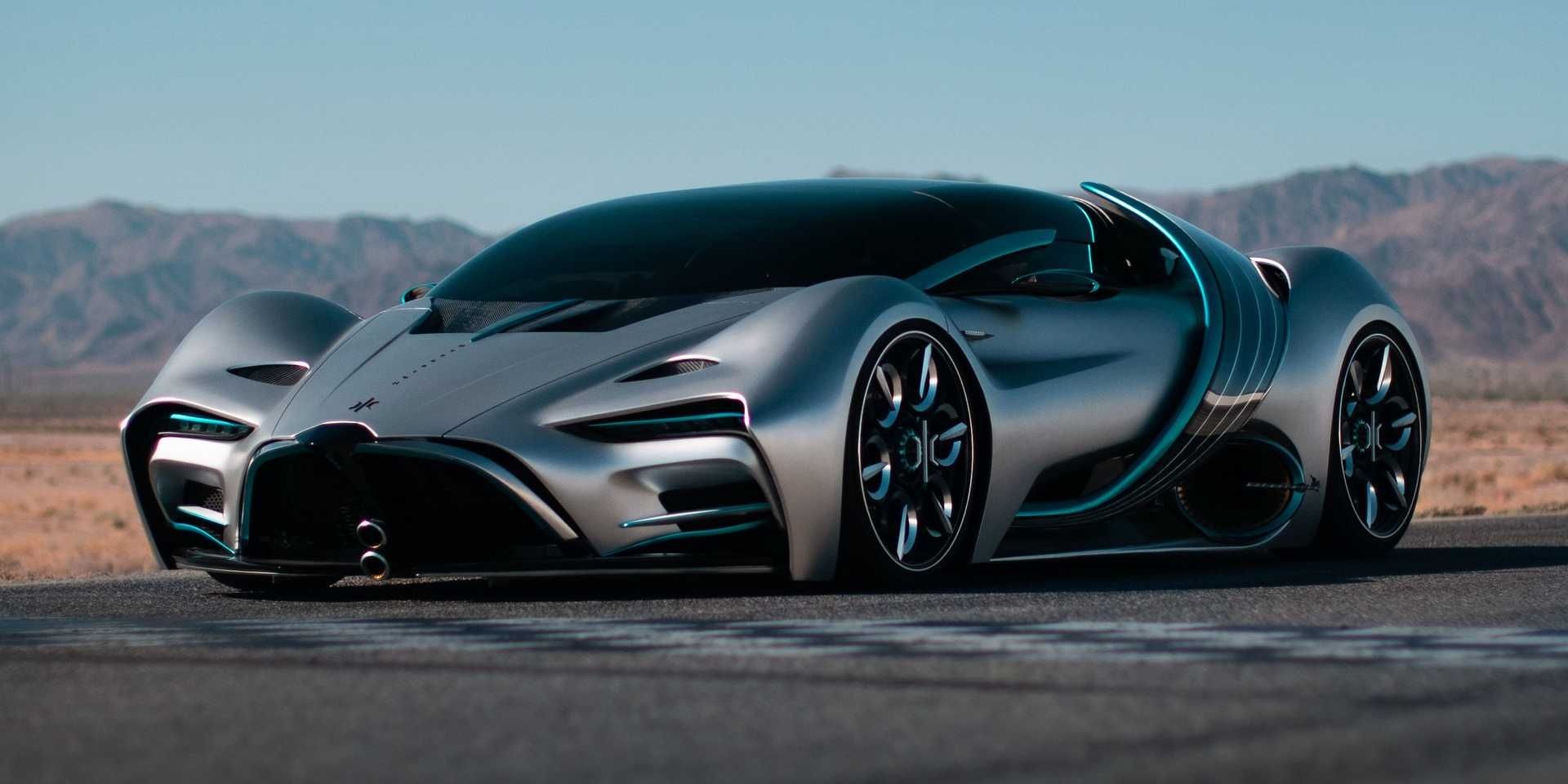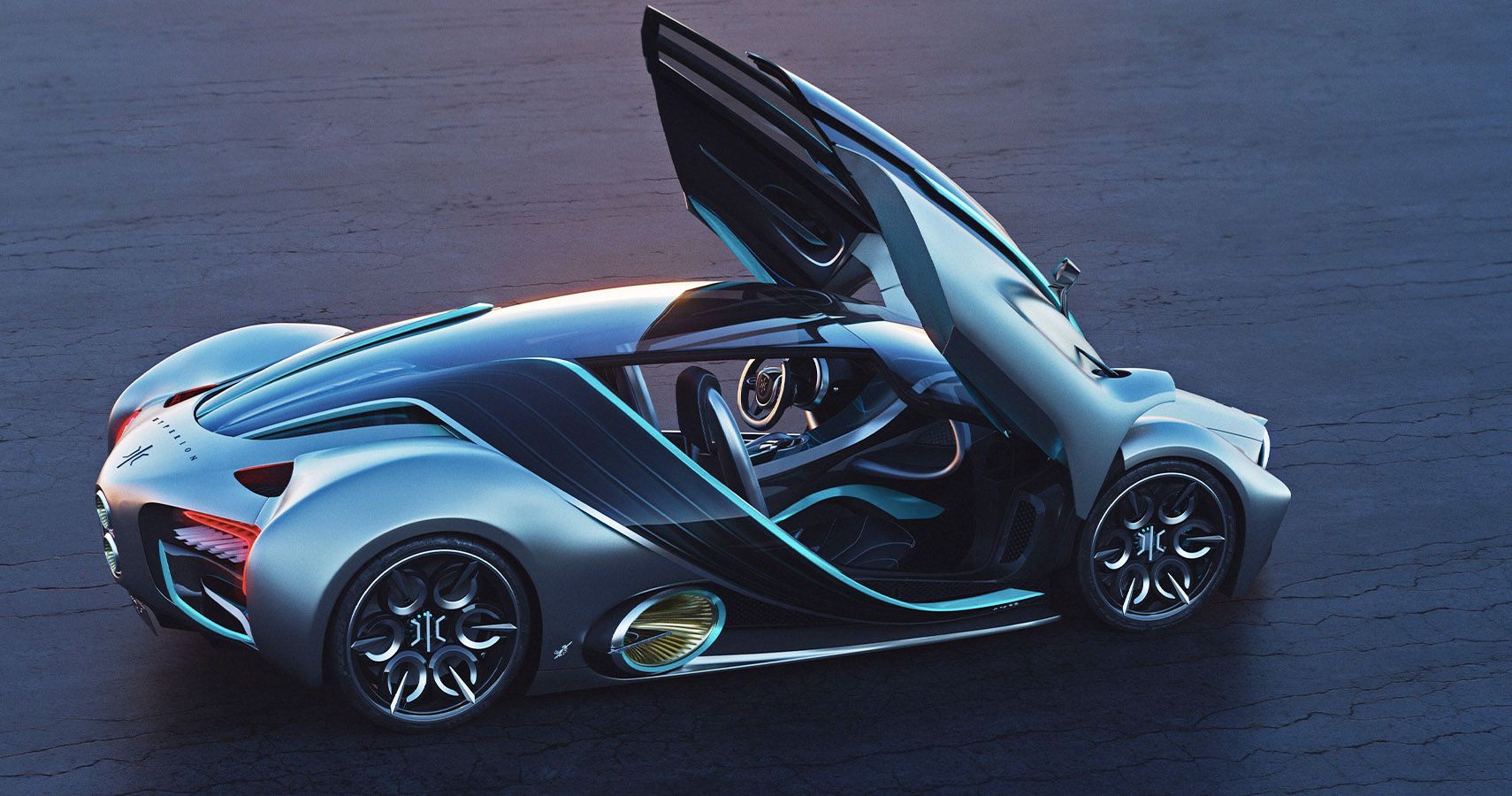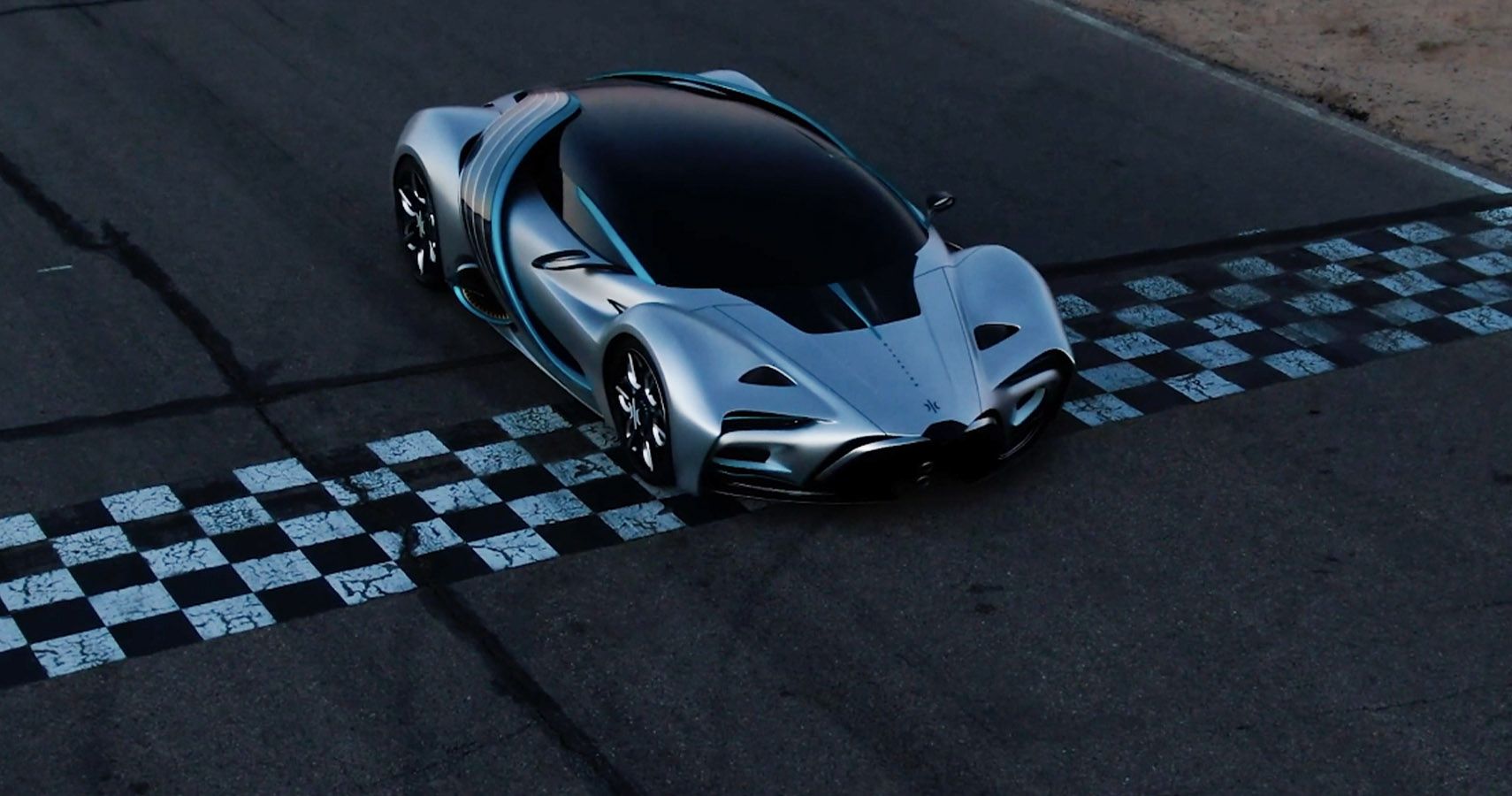As a cutting edge company built on three divisions: Hyperion Energy, Hyperion Motors, and Hyperion Aerospace - all focused on hydrogen-based power and delivery, when announcing the launch of a vehicle, one would expect the type of energy which would fuel it, what the market did not expect was the type of vehicle.
Although recently heated, the market for cars with electric powertrain (both hydrogen cell-based and battery-based) does not have many great representatives among supercars capable of reaching 200 mph+ figures. Nevertheless, concepts such as the one proposed by Hyperion show a new path for this niche and outline the formation of a new market, with new and hitherto intangible weight, acceleration and cornering speed numbers.
The 10-year-old project now emerges from its latency in the thinking heads of Hyperion engineers to reveal the possibilities of the hydrogen-powered world. The Hyperion XP-1 model will feature all-wheel drive, three-speed automatic transmission, with a 0 to 62 mph sprint of just two seconds, plus its top speed of 217 mph.
While stunning, and capable of demonstrating a very fun facet of electric powertrains, those numbers are not their most impressive. Indeed, the best feature of the XP-1 is how light it is.
Adding Lightness To The XP-1
Despite having its platform based on electric motors, the XP-1 differs enormously from the zero emissions sports cars that we have on the market, and where is this difference? Guess. Weight. Comparatively, the energy density of the batteries that equip any electric car is many times lower than that of one equipped with hydrogen cells; thus, the XP-1 represents the beginning of a prospect that could be in the direction of weight reduction and increase of the power-to-weight ratio in fast green cars.
A battery car is directly supplied with energy in the form it consumes, electricity, while a hydrogen car is supplied, well, with hydrogen, which is then converted by the cell system to an easier-to-use energy modal. This architecture generates some serious implications and discrepancies between the two systems; one of them is the energy density, which represents how much energy a given system is capable of carrying using a given weight, and this makes possible to the hydrogen cell option to go much lower on sprung mass.
How Light Is The XP-1?
Adding to the already enlightened benefits of the hydrogen cell architecture, the Hyperion XP-1 uses the latest titanium reinforced carbon fiber monocoque construction. Achieving an ultralight chassis with a curb weight of 2,750 lbs. Comparing with some of our best known modern fast cars, equipped with more common powertrains and energy storage systems, the Hyperion model takes an advantage, beating, for example, some of the state-of-the-art performance cars of this era, like the McLaren 720s (with 3,236 lbs) and the Ferrari SF90 Stradale (with 3,692 lbs) weight wise.
To make it more evident, let's pick an ordinary commuter car: A 2022 Toyota Corolla. With a powertrain that produces 139-hp, and delivering 33 mpg, or a range of 435 miles to the tank, the model weighs no less than 2,910 lbs. It has almost the same weight as the Hyperion model, with far less proeminence.
Talking about electric powertrains niche, the situation gets even better for the Hyperion model: one of the main problems that we already discussed on this article its the intrinsic weight of the battery based electric vehicle architecture. The energy density limitation of these systems are shown even in our dearest ones.
As an example, a 2021 Tesla Plaid needs a curb weight 4,766 lbs, from which around 25% are battery weight, to achieve a range of 396 miles. The Hyperion XP-1 it's expected to reach the 1,000 miles range, with almost half the curb weight. This is light, very light, and could have a great impact in the car behavior characteristics.
What Does The Ability To Be Light Really Mean?
Much beyond accelerating faster, being light comes with a lot of benefits. Adding weight to a model reduces the amount of available traction compared with total weight of the vehicle. Traction increases as the vertical load on the tire increases. But a thing that is important to understand is that the relationship between vertical load (or weight) and traction is not linear.
The important fact of this relation "not being linear" is that as the load on the tire is increases, the traction also increases, on the other side, the forces acting on the car are linearly affected by its weight, and increase in a much steeper rate as the mass of the cars increases. But what does that mean, anyway? Much faster cornering speeds, so, with the right suspension setup, you can expect a XP1 to beat practically any electric vehicle produced up to this date on a tight track.
Other benefits that can be highlighted on a lighter model are less braking thermal stress, and thus, enhanced and endurant braking performance, and general reduction of wear and tear of suspension, tires, monocoque and even the powertrain. Frightening examples of the kind of performance that these hydrogen fuel cell-based platforms are capable of are increasingly emerging, such as Forze's racing prototypes like the Forze VII, produced by a team of academics at TU Delft University, that crushed Supercar Challenge Garage 56, a famous and competitive Dutch supercar challenge.
It all adds up to one unavoidable conclusion: we're on the brink of a major inflection in the motorsport world, and hydrogen cars are sure to have something to do with it, we couldn't be more eager to see these rookies establishing new limits for the electric powered racing world.



